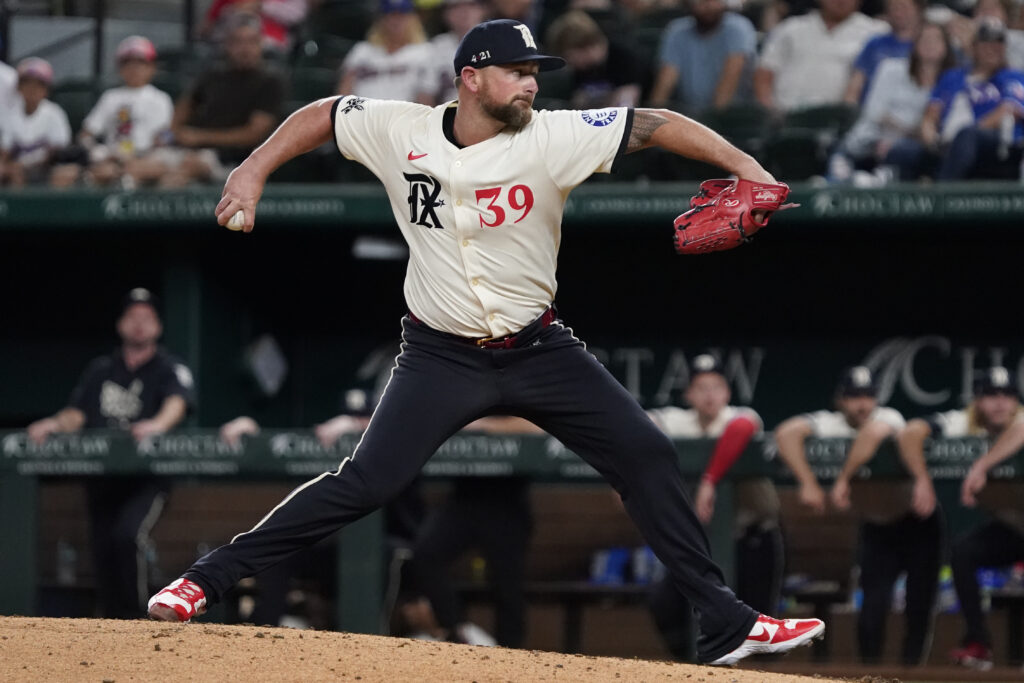Blue Jays Sign Anthony Santander
The Blue Jays finally have a big splash, plucking a slugger from a division rival. The Jays officially announced the signing of star outfielder Anthony Santander to a five-year contract. The Beverly Hills Sports Council client is reportedly guaranteed $92.5MM, though heavy deferrals drop the net present value. For luxury tax purposes, the contract reportedly…

The Blue Jays finally have a big splash, plucking a slugger from a division rival. The Jays officially announced the signing of star outfielder Anthony Santander to a five-year contract. The Beverly Hills Sports Council client is reportedly guaranteed $92.5MM, though heavy deferrals drop the net present value. For luxury tax purposes, the contract reportedly comes with an average annual value around $14MM — suggesting MLB calculates the net present value closer to $70MM. Santander can opt out after the third year, though the club will have the ability to override that by picking up an option for 2030. That has a base value of $15MM and contains a $5MM buyout.
The option and various escalators could tack on another $17.5MM over that sixth season. The deal is frontloaded and contains upwards of $35MM in deferrals, which can push beyond $50MM depending on the opt-out/option result. Toronto designated lefty Brandon Eisert for assignment to create a 40-man roster spot.

Santander, 30, has established himself as one of the better power bats in the league in recent years. That included a huge 44-homer tally in 2024. That was his personal best but it was also his sixth straight season in double digits and third straight with at least 28 long balls.
Earlier in his career, he undercut that power production somewhat with more tepid results in terms of batting average and drawing walks, though he has been better at drawing free passes over the past three years. From 2019 to 2021, he hit 49 homers in 240 games but only had a 5.2% walk rate. That led to a .252/.295/.474 batting line and 100 wRC+, indicating his strengths and weaknesses evened out to league average production on the whole.
For the 2022 to 2024 seasons, Santander improved his walk rate by a few ticks, finishing between 8.4% and 8.7% in each of those. That’s roughly league average, with all MLB hitters walking at an 8.2% clip last year. He added those walks without sacrificing his power, putting the ball over the wall 105 times, which made for a productive combination. He had a combined line of .244/.317/.478 for those three campaigns, which translated to a 124 wRC+.
Apart from those home runs, Santander’s contributions have been fairly limited. As mentioned, the on-base abilities have been subpar overall, though fairly decent in the past three years. He’s not a burner on the basepaths, having only once stolen more than two bases in a season. His outfield defense has generally been graded as a bit below league average. He has a career tally of -3 Defensive Runs Saved in over 5,000 outfield innings, with Outs Above Average having him at -13.
Though he’s not the most well-rounded player, he’s a strong fit for the Blue Jays for multiple reasons. The club’s offense was actually around league average last year, though with far better on-base ability than power production. As a team, the Jays slashed .241/.313/.389 for a 101 wRC+, tied for 13th in the league. Their 8.4% walk rate was actually one of the better marks, tied for seventh among the 30 MLB clubs. But they only hit 156 home runs, with just the Marlins, Rays, Nationals and White Sox below them. Vladimir Guerrero Jr. was the only guy on the team to reach the 20-homer plateau.
On top of that, Santander is a switch-hitter, with the Jays having been more right-leaning in recent years. Guerrero, Bo Bichette, George Springer and Alejandro Kirk all project for regular roles next year and each is right-handed. Ernie Clement, Davis Schneider, Leo Jiménez and Orelvis Martínez are also righties who could earn spots on the team. The Jays do have a few lefties, with Daulton Varsho, Andrés Giménez, Will Wagner and Joey Loperfido among them, though there are question marks there. Varsho and Giménez have been more glove-first players while Wagner and Loperfido are still lacking in big league experience. Santander’s splits have been fairly close to neutral in his career. He has hit .252/.320/.467 for a 116 wRC+ against lefties, .243/.302/.470 for a 111 wRC+ against righties.
The defensive hit from rostering Santander is also perhaps not a huge deal for Toronto. The Jays, as a team, led the league with 102 DRS last year. Their 26 OAA tally was fourth in the league. Sacrificing a bit of defensive value for the big power bat they need is a sensible tradeoff for them. They also don’t have a regular designated hitter and can perhaps keep Santander in that slot with some regularity. Justin Turner took most of the club’s DH plate appearances in 2024 before being traded to the Mariners at the deadline.
Beyond the on-field fit, the Jays have clearly been looking for a big offseason W for quite some time. The past year-plus has seen them make strong pursuits of marquee players, such as Shohei Ohtani, Juan Soto, Roki Sasaki, Max Fried and Corbin Burnes, but with the Jays coming up just short in all of those.
After missing on Ohtani last winter, the Jays pivoted to modest moves, re-signing Kevin Kiermaier as well as adding Turner, Isiah Kiner-Falefa and Yariel Rodríguez. No one in that group got a guarantee larger than $32MM. The 2024 season then went on to be a massive disappointment, with the Jays engineering a midseason selloff and finishing at 74-88. They seemed to come into this winter looking to mollify a disgruntled fan base but the near misses on Soto, Sasaki, Fried and Burnes only appeared to make things worse. Whether Santander is a true star is subjective, though this signing will be Toronto’s biggest since they signed Kevin Gausman three years ago.
One silver lining of the 2024 season falling apart for the Jays was that their midseason selling dipped them below the competitive balance tax, which lowered their penalties for signing a player who rejected a qualifying offer. That is the case here, as the Orioles extended a QO to Santander, which he naturally rejected. Had the Jays paid the tax in 2024, they would have forfeited $1MM of international bonus pool space by signing Santander, in addition to surrendering their second- and fifth-best picks in the draft. By ducking under the tax, the penalty is just $500K of 2026 pool space and only their second-best pick. Since Santander is guaranteed more than $50MM on this deal, the O’s will receive a compensation pick after the first round of this summer’s draft.
Coming into the offseason, MLBTR predicted that Santander could secure a four-year, $80MM pact. He seemed to have plenty of interest, with the Jays connected to him early on. Clubs like the Red Sox, Tigers, Yankees and Angels were also rumored to be interested at various times. Santander and his reps reportedly tried to parlay that interest into a five-year deal and/or a $100MM guarantee in December, per Jon Heyman of The New York Post. But he lingered unsigned into the new year and reportedly had some openness to considering a shorter pact.
In the end, he has gotten his five years, though at a lesser average annual value than he was seeking. The sticker price of $92.5MM over five years leads to an $18.5MM AAV, but the deferrals reduce that by a decent amount. The opt-out gives him a chance at some more future earnings, though the Jays could pick up the option and effectively make it $110MM over six years.
Using the pre-deferral $18.5MM AAV, RosterResource projects the club for a $237MM payroll and $263MM CBT calculation for this year. The club opened with a payroll of $225MM last year, per Cot’s Baseball Contracts, so they’re already beyond that. President Mark Shapiro previously suggested that he didn’t expect the club’s spending to drastically change compared to last year, perhaps suggesting there’s not much room left in the budget now. Though Scott Mitchell of TSN suggests that signing Pete Alonso is still a possibility for the Jays even after getting Santander, seemingly indicating otherwise. The club also reportedly has some interest in starting pitching upgrades and has been working to bolster the bullpen all winter. The CBT number is already beyond this year’s $261MM second tier, though the club will be a “first-time” payor on account of ducking under last year.
Perhaps the Jays will make some more additions, such as bringing in Alonso. Such a move would force him and Guerrero to share first base and the DH slot, thus pushing Santander into being an everyday outfielder. If that comes to pass, he would surely be in one corner with Springer in the other. Varsho will be the club’s regular center fielder once he’s healthy. Guys like Loperfido, Nathan Lukes, Myles Straw, Jonatan Clase and Alan Roden will either be options for depth roles or bench jobs. If Santander is able to serve as the DH more regularly, that could perhaps open more outfield playing time for those others.
For the clubs that missed on Santander, the outfield market is fairly thinned out. In addition to Santander, guys like Soto, Teoscar Hernández, Michael Conforto and Tyler O’Neill have come off the board. Jurickson Profar now stands alone as the top unsigned option, so perhaps his market will now pick up. Guys like Randal Grichuk, Harrison Bader, Mark Canha and others are also available.
Jon Morosi of MLB Network first reported that Santander and the Jays were in agreement, pending a physical. Ben Nicholson Smith and Shi Davidi of Sportsnet later reported that the physical was complete. Ari Alexander of KPRC 2 first reported the five-year length, the opt-out/club option override, the signing bonus, the $92.5MM guarantee and the possibility to get to $110MM. Ken Rosenthal of The Athletic first reported that the opt-out is after 2027. Nicholson-Smith reported the frontloaded nature, as well as the approximate $14MM CBT value. Alexander reported that more than $35MM was deferred.
What's Your Reaction?


















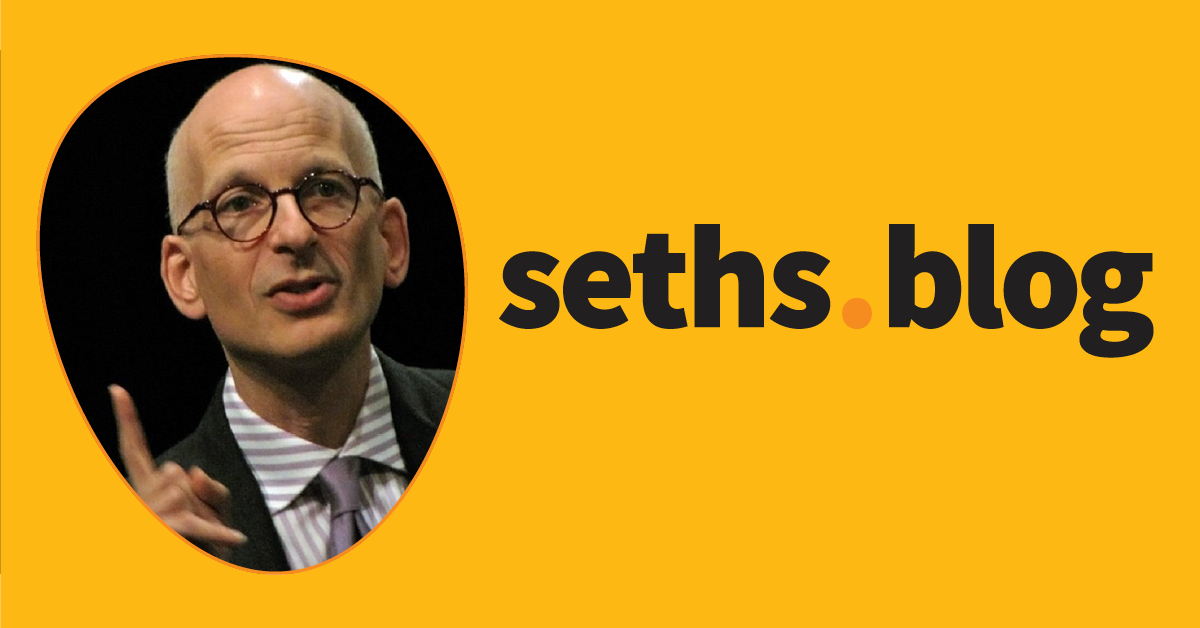

















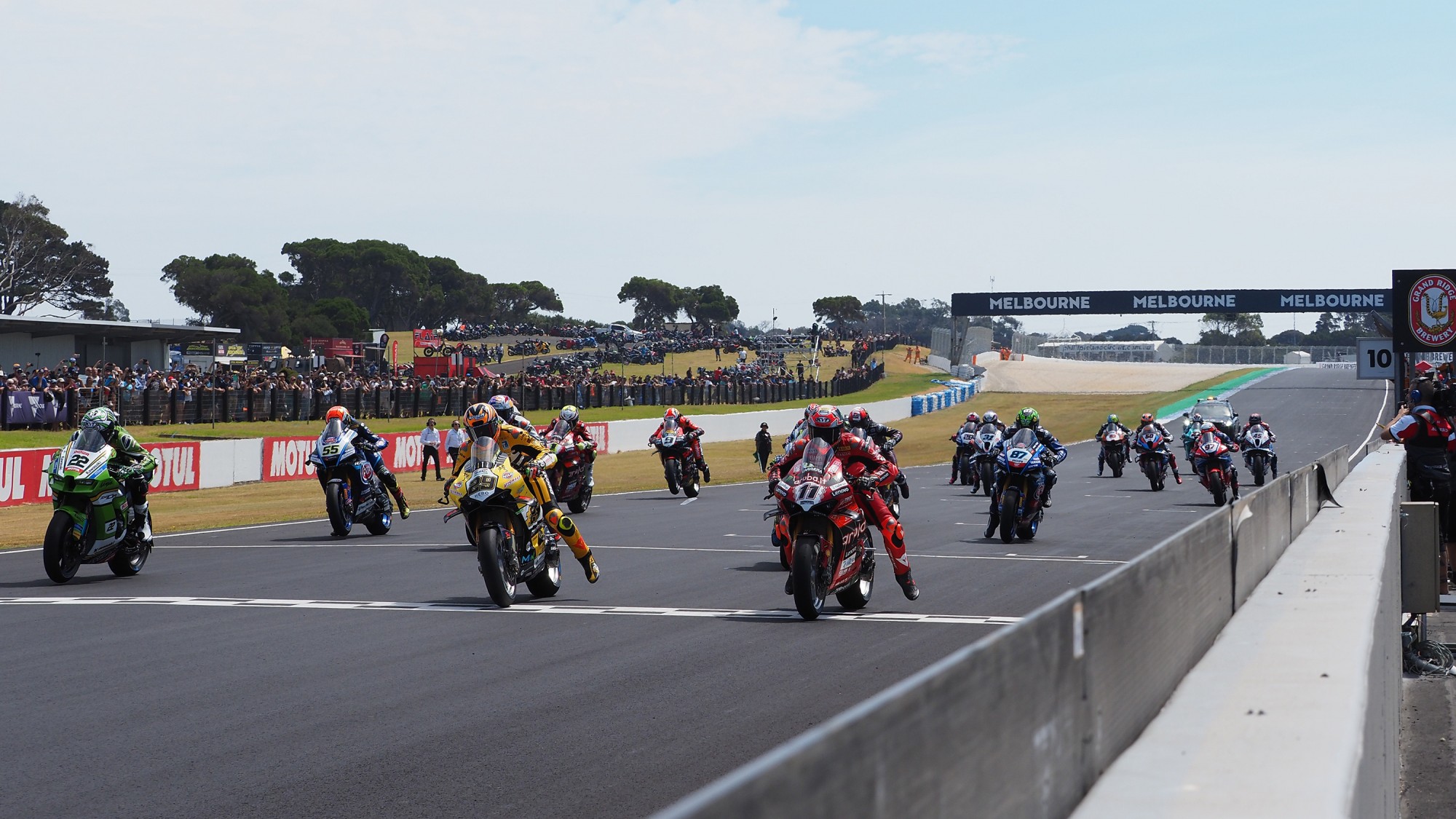
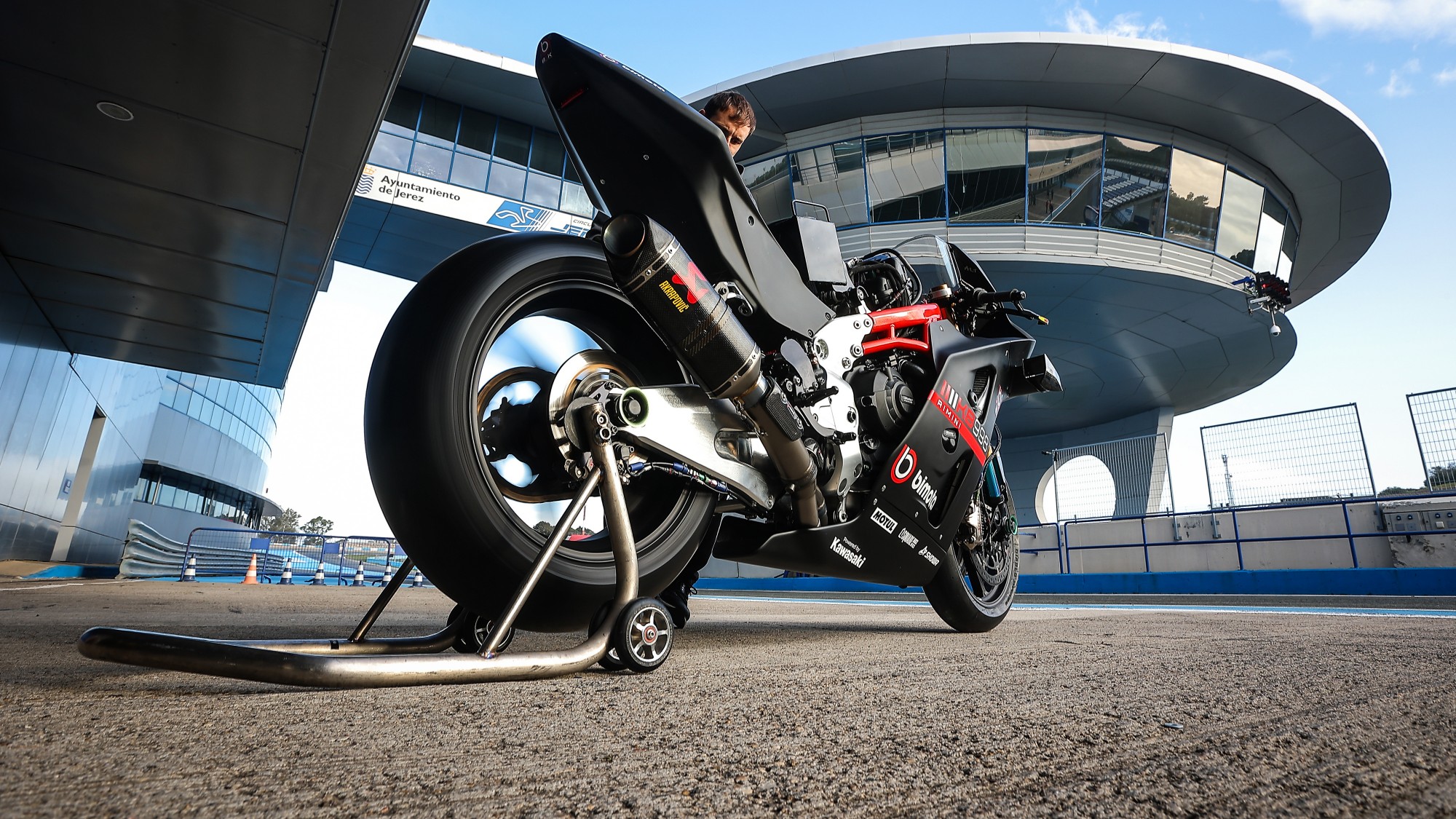











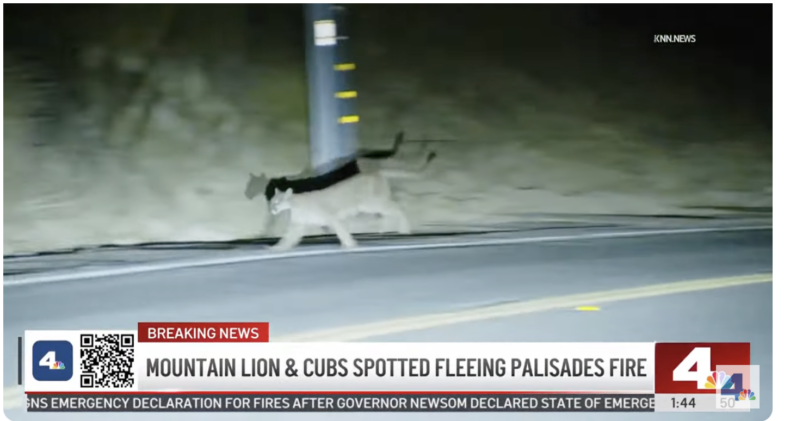





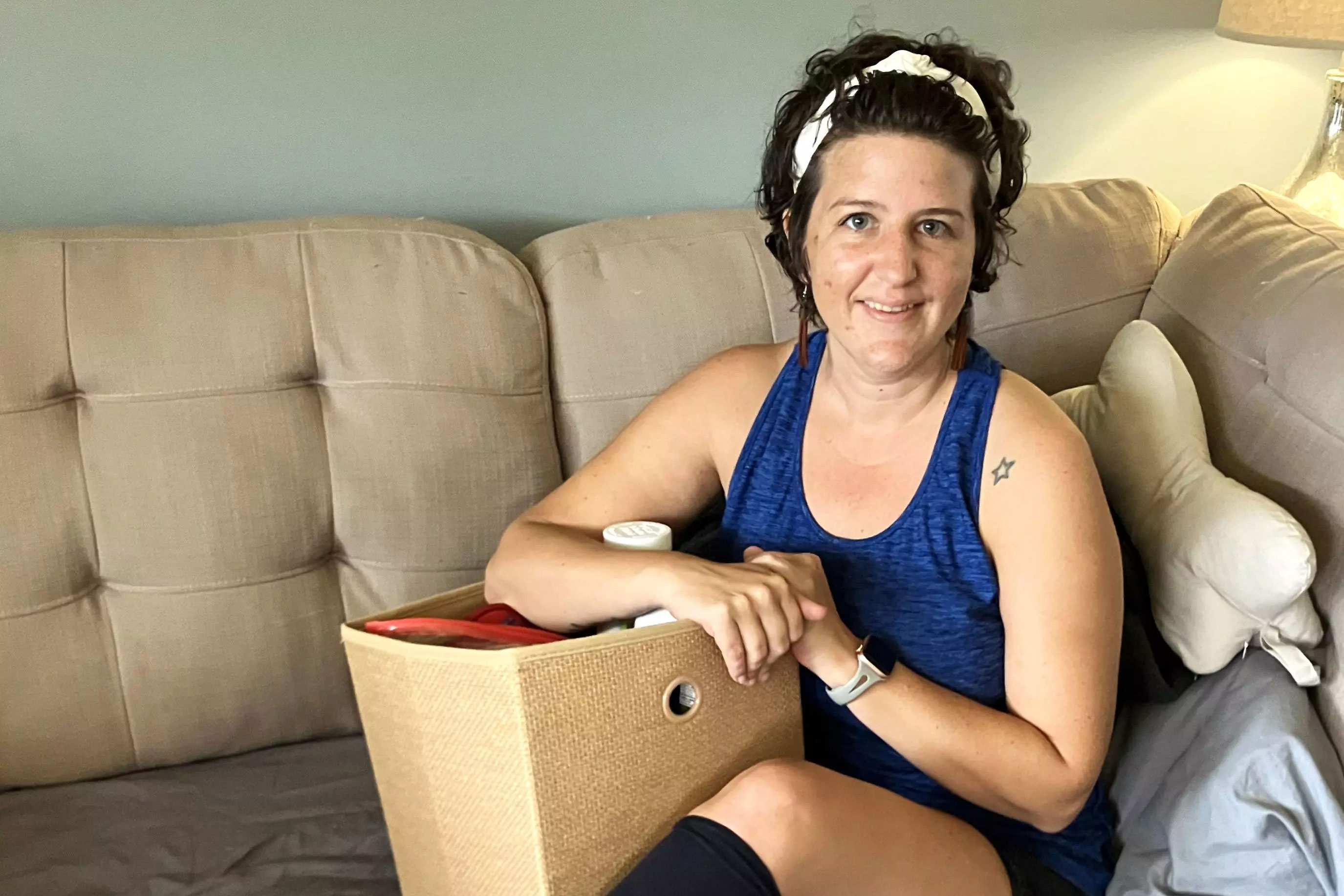



























/origin-imgresizer.eurosport.com/2025/01/20/4087240-82882464-310-310.png)
